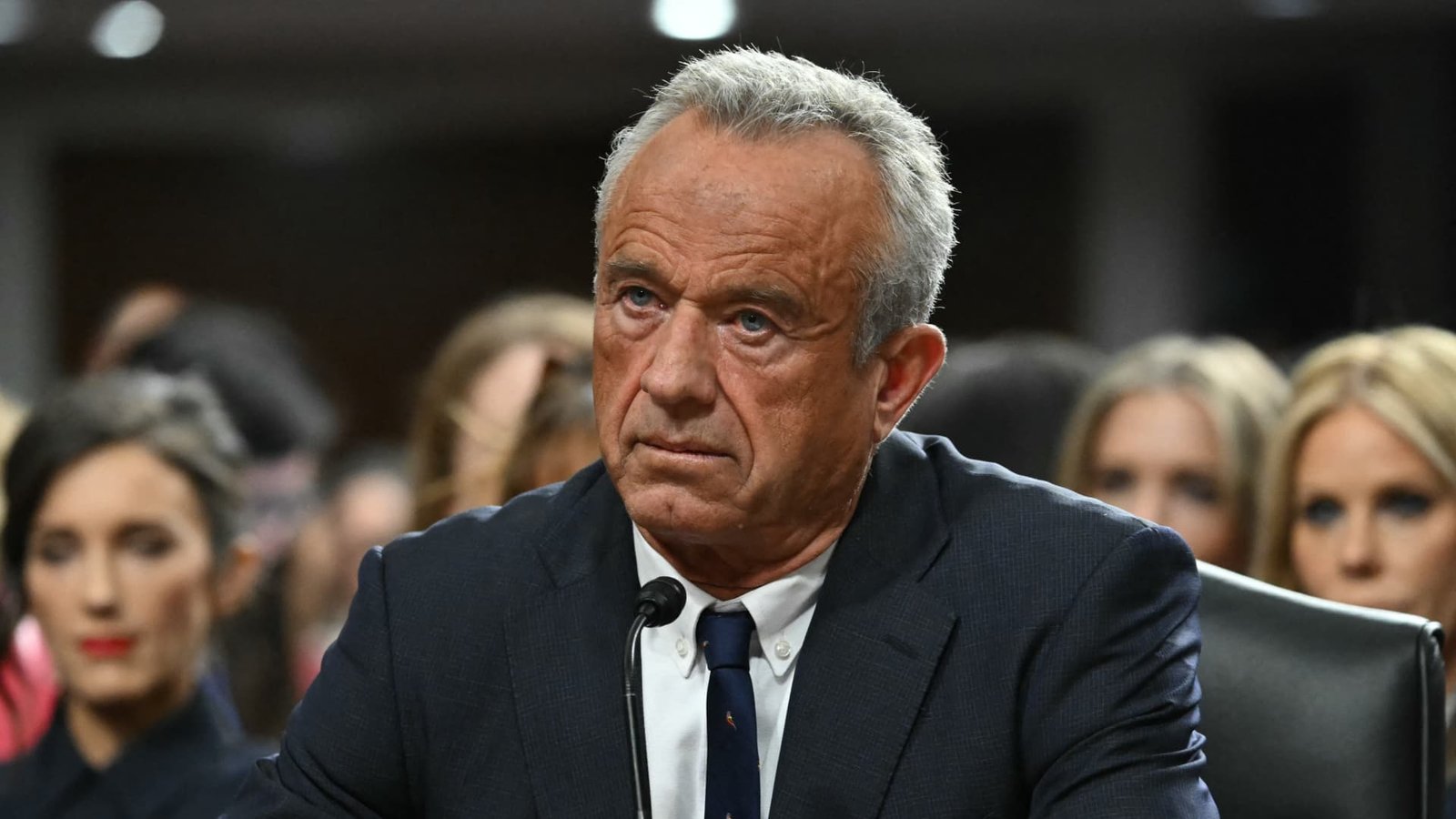A version of this article was initially featured in CNBC’s Healthy Returns newsletter, delivering the latest health-care news directly to your inbox. Subscribe here to get upcoming editions.
I’ve returned to New York City after spending almost a week in San Francisco for the annual JPMorgan Health Care Conference – the largest gathering in the U.S. of biotech and pharma executives, investors, analysts, and health reporters. The week was filled with discussions about the incoming Trump administration, updates on business outlooks and drug portfolios, increased security on the ground, and surprisingly sunny weather in San Francisco.
The news continued throughout the week, even after the conference concluded on Thursday. The Biden administration announced on Friday the next 15 drugs included in Medicare price negotiations, which feature Novo Nordisk’s blockbuster diabetes drug Ozempic and its obesity counterpart Wegovy.
Following several deals announced last week, I will focus on some insights regarding M&A activity in the industry in 2025. M&A seems to have started well this year, but the question remains whether it will be sustained.
Some of the deals unveiled during the conference have boosted optimism, notably Johnson & Johnson’s proposed $14.6 billion acquisition of Intra-Cellular Therapies, the largest transaction seen in the pharmaceutical industry since 2023. This deal came amidst a series of smaller deals from GSK, Eli Lilly, and lesser-known radiopharmaceutical companies.
Stifel analyst Tim Opler mentioned in an email to clients last week, “That’s five deals in one and a half business days. This is going to be a very different year for M&A than 2024.”
Last year was characterized by smaller and strategic deals in the pharmaceutical industry, according to EY’s M&A Firepower report. Big pharma pursued deals with lower price tags for products and companies in earlier development stages, which could yield greater returns in the long term.
While this year has started with increased activity, the report highlighted potential constraints on M&A in 2025, such as ongoing margin pressure on biopharma companies and high premiums for the most sought-after acquisition targets in the market.
During a presentation at the conference following J&J’s Intra-Cellular Therapies deal announcement, J&J CEO Joaquin Duato stated, “For us, larger deals are more outliers.” He emphasized the value created through smaller deals and partnerships, citing the 75 smaller deals J&J closed last year.
The EY report indicated “strong structural reasons to expect a return to dealmaking,” including the industry’s $1.3 trillion in dealmaking “firepower” and the need for large pharma companies to offset upcoming drug patent expirations that could impact revenues.
The Trump administration could potentially provide support to the industry through corporate tax cuts or changes in FTC policy. However, the outcome of these factors remains to be seen later this year.
Now that JPM has concluded, 2025 has officially begun for the health-care sector. However, before delving into the year ahead, let’s review the venture funding landscape for digital health in 2024.
Digital health startups in the U.S. raised $10.1 billion across 497 deals last year, a slight decrease from 2023. Digital health M&A hit a decade low in 2024, with just 118 deals recorded.
An increase in early-stage fundraising and smaller late-stage deals contributed to the lower investment in 2024, potentially impacting later-stage startups that raised funds at high valuations during Covid.
Large megafunds, health systems, and tech companies exerted significant influence over digital health in 2024. Venture firms like Andreessen Horowitz and General Catalyst were among the top investors in the sector.
While artificial intelligence remained a key investment area in digital health, startups faced challenges competing with large incumbents. Tech companies like Microsoft and organizations like Epic gained ground in health-care AI, making it crucial for smaller AI startups to carefully position themselves within the industry.
The dynamic between early-stage startup activity and moves by large healthcare players has created an interesting landscape in healthcare innovation, resembling a David and Goliath scenario, according to Rock Health.
As indicated by JPM, the digital health sector promises another eventful year in 2025. Let’s see what the year has in store.
For the full report, click here.
Feel free to share any tips, suggestions, story ideas, and data with Ashley at ashley.capoot@nbcuni.com.




